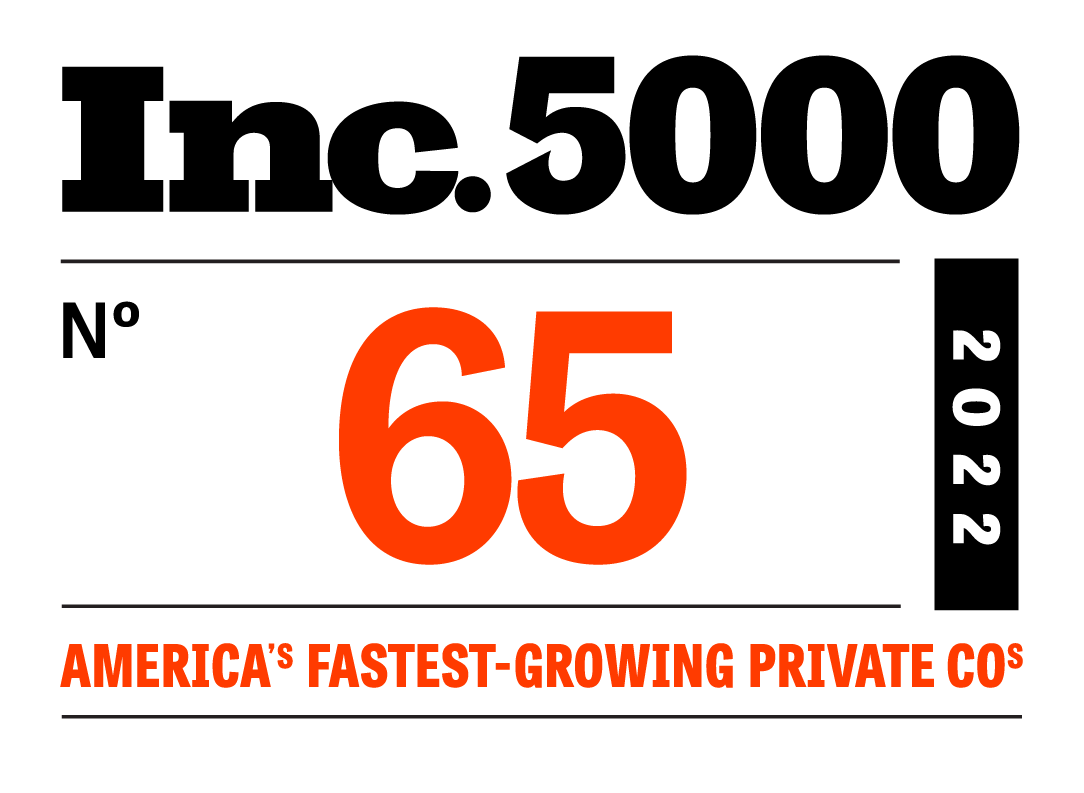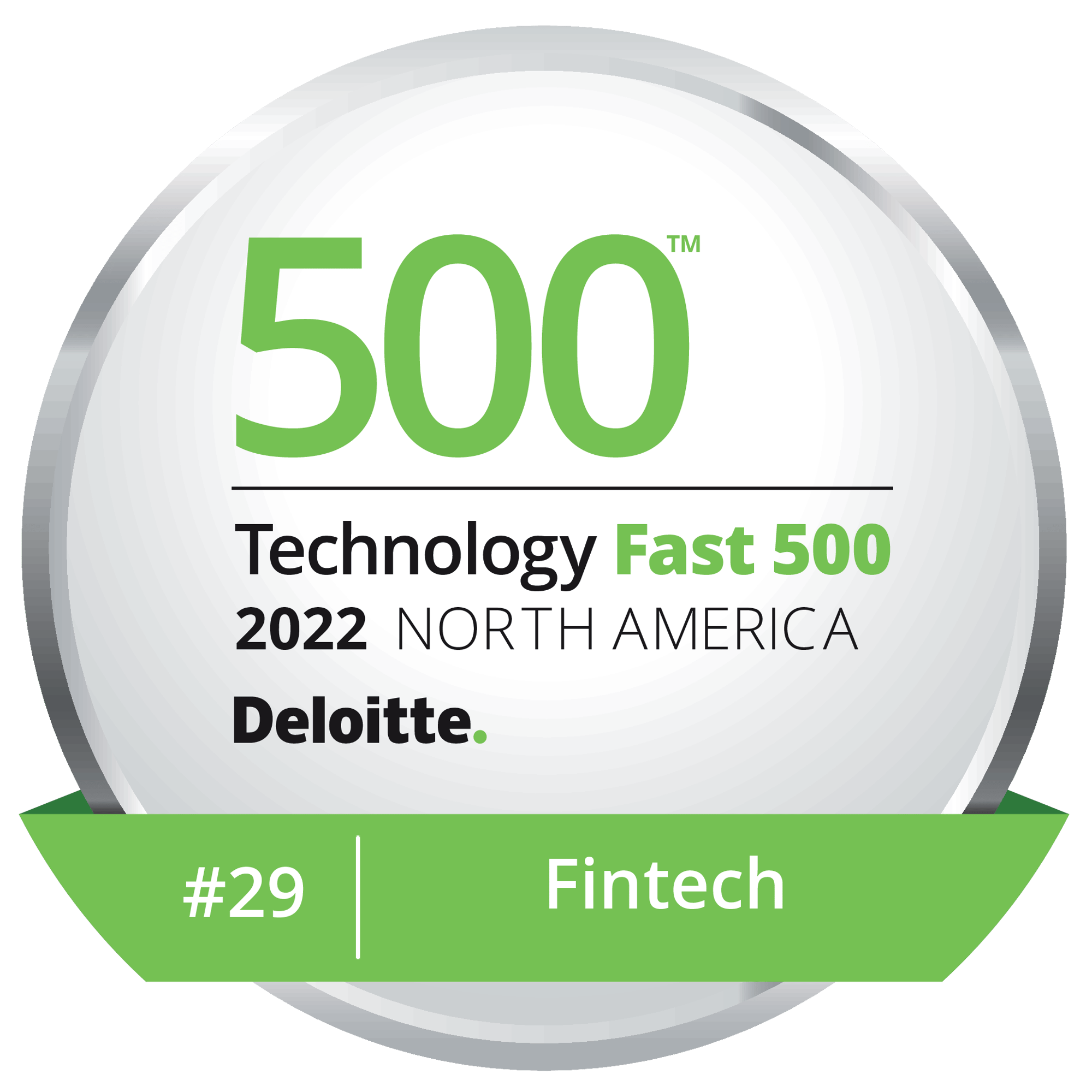With the original Paycheck Protection Program loan application period ending June 30th, and an August 8th extension signed into law on July 4th, we’ve been reflecting on the many ways the program has affected lending and the industry at broad.
When we first closed the doors to our offices in Downtown Boston back in March, we had no idea that this 55-person startup would end up helping more than 70 lenders and their 25,000 employees get critical COVID-19 relief aid to the businesses that needed it most.
With more than 180,000 PPP loans approved for small businesses, it’s hard not to marvel at what our lender partners were able to accomplish with digital lending technology in communities across the United States.
But numbers aside, this crisis, and the industry’s response to it, will have a far greater impact on the world of banking and finance than anyone could have expected.
The Five Phases of PPP and How They’ve Prepared Lenders for a New Future
When we first set out to help banks and credit unions issue PPP loans to America’s small businesses, we did so out of a sense of duty—understanding it was one of the rare opportunities in one’s career where our work could have a real, meaningful impact on our communities.
However, looking back on the past few months, we believe the industry accomplished far more than our initial goal. And this point is driven home if we examine the five phases of PPP originations:
- Phase I: Adapting to a Pandemic
When COVID-19 hit the United States, it hit small businesses like a Mack Truck. Seemingly overnight, any non-essential institution had to close their doors and find a different way to do business. We ourselves decided to move our entire startup to remote status on an indefinite basis. Before we could even get settled, it seemed, Congress was at work drafting the CARES Act, and we were hustling to understand this new legislation and the program it would create.
For banks and credit unions, a new world was about to be discovered. One in which the “old way” of doing business was now impossible and where technology and outside-the-box thinking weren’t just embraced, but essential. Branchless banks had never been the norm in this country, but overnight every bank became a branchless bank.
As an industry, a few key relations were had: 1) Technology is an essential tool and those who had failed to invest were about to be forced into a mean game of catch up, 2) relationship banking was never just about face-to-face meetings, and 3) customers embraced and rejoiced at the new digital banking landscape they were greeted with.
Adapting to the pandemic forced the industry to re-evaluate the way it looked at and incorporated technology into their customer experience, and it’s created a stronger industry in the process.
- Phase II: Preparing for the Surge in Requests
Once the Paycheck Protection Program was implemented, everyone was left scrambling for how they would accommodate a coming unprecedented surge in demand. How unprecedented you ask? We remind you that, at the height of the demand, the Small Business Administration said 14 years worth of loans were done in just a 14 day period.
At Numerated, we felt that demand every step of the way. As our Head of Sales shared in the webinar above, Numerators were fielding calls from banks and credit unions 7 days a week at 30-min clips, because it was the only way to accommodate every interested customer. In one day, a single member of our team took more than 21 calls with lenders.
But we used those calls to our advantage to build a stronger PPP platform. We abandoned old ways of fielding, digesting, and incorporating feedback and started doing it on a much more rapid scale. It was the only way we could create a platform that would meet the needs of our growing customer base, and more importantly it was the only way to get their businesses the aid they needed, fast.
Lenders had to go through a similar transformation. It became clear early on that even the most herculean effort might not be enough to meet the moment, without the aid of technology to build efficiency and speed into lending. Many banks had to forgo typical risk assessments for technology (mainly because there wasn’t enough time to properly do one, anyway) and had to find ways to effectively adapt to the coming surge in demand.
What we learned together, as an industry, was that this sort of tech acquisition is possible, and can yield some pretty astonishing results. Again, “old ways” of looking at technology—both how it is incorporated, and acquired—simply wouldn’t allow a lender to meet this moment.
- Phase III: Distributing Round 1 Funds
The story of PPP originations isn’t about automation and it isn’t about the sheer force of will. It’s about people using technology to work more efficiently than ever before, and to serve their customers under unprecedented circumstances.
Our bank and credit unions worked tirelessly throughout Paycheck Protection Program originations, and in ways they’d never thought possible.
Whether it was retraining entire departments, refocusing whole regions to meet a single goal, or switching to a workflow of rapid communication, lenders did everything they had to to get hundreds of billions of dollars in government-backed loans out to hurting businesses.
Most importantly, lenders showed a willingness to use unconventional means to accomplish a very conventional goal: issuing loans. We wouldn’t go as far as to say that banking is as easy as manufacturing widgets, but we’re left with a firm belief that there are a number of ways in which we can use data and technology to improve age old banking practices, like lending, to the unparalleled benefit of the borrower.
And the proof is in the numbers. The banks we worked with leveraged technology and data to process as much as $230M in PPP loans per hour; simply not possible through manpower alone.
Realizations like this will have a profound impact on the space moving forward.
- Phase IV: Distributing Round 2 Funds
No one will forget just how crazy the start of the second round of funding was. The second round of funding was essentially an emergency measure by Congress. At the time of the legislation’s passing, businesses were clamoring for loans and many financial institutions had long backlogs of customers with applications that needed to be processed.
No one could have prepared for what happened the day after the SBA turned the spigot back on at 10:30am.
While lenders had gotten proficient at issuing PPP loans since the time the Program was first implemented, the second round of funding would come with daily updates to guidance and interim final rules issued by the SBA and Treasury Department. On top of constant rule changes were rolling E-Tran errors, banks getting capped at lower rates than allowed, entire hours of lending set aside for small banks, and a sudden allowance of the bulk upload of loans.
Keeping up with demand became a juggling act.
As an industry, it forced us all to become much more agile. Usually when a lender adopts a new program, there’s plenty of time to plan, strategize, roll out, and reflect. There was no time for that here, but as an industry we pushed forward.
At Numerated, we worked harder at keeping our banks and credit unions updated on the most important update so they could focus more on the nitty gritty of the PPP loans they were issuing. Likewise, lenders worked overtime to educate their borrowers, to make sure they had everything they needed as the landscape continued to shift.
- Phase V: Preparing for Forgiveness
And that brings us to where we are today: Forgiveness.
While we’ve spoken at length about Forgiveness, the truth of the matter remains that much of how Forgiveness will play out is still unknown. As we continue to prepare our customers for Forgiveness, and they, in turn, do so with their business customers, the industry is left waiting on timelines and end-of-process guidance from the SBA and Treasury. And the SBA and Treasury may be waiting for more new legislation moving through Congress that will introduce a third forgiveness application path for borrowers.
But that’s fine, because this type of unpredictability has become second nature for us, and for the industry as a whole.
And that might be the greatest takeaway for the space. The banking and finance industry has long been seen as a slow moving with regard to technology and digital experiences. But PPP has proven the exact opposite. As an industry, and as individual lenders and technology partners, we’re all capable of being as agile and proactive as any other industry. And that will make for better lending moving forward, and better customer experience.
Moving on to PPP Forgiveness
While originations are still happening in the existing program intended, gearing up for what comes next and that is PPP loan forgiveness. While we’ll be working with most of our PPP customers on forgiveness as well, many others are still trying to decide what’s best for their institution and borrowers.
The best way to make the right decisions on forgiveness moving forward is to stay informed on all the ins and outs of the program and future legislation that might affect it. And, the easiest way to do that is by joining us for our twice weekly Insights Sessions, including Tuesday Q&A Sessions and Friday Demo Sessions. Register today.







